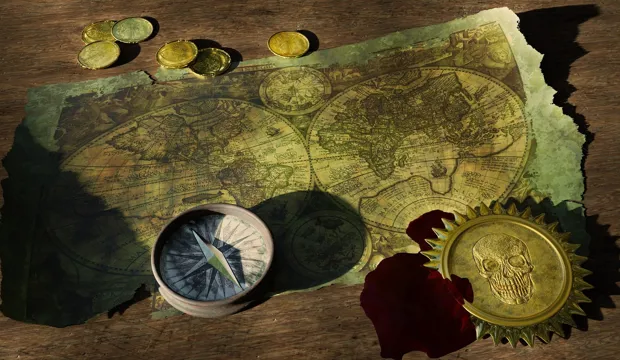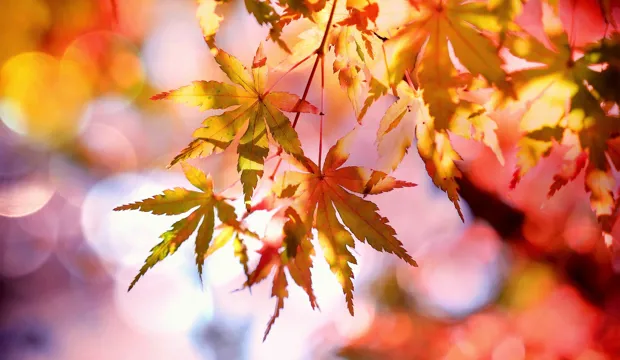
Create a map of local flora and fauna
Gather information about local flora and fauna and create a map with coordinates showing the location of plants and animals
Plants and animals play a significant role in our natural surroundings. Can you utilise your understanding of mathematics and science to gain a deeper comprehension of our environment?
In this engaging activity for KS2, students will work in groups to collect information about the flora and fauna in their area. They will then create a map that displays the location of these plants and animals using coordinates. Once completed, the maps can be complied into a class guidebook.
Activity: Create a Map of Local Flora and Fauna
This is one of a set of free STEM resources developed to support the teaching of the primary national curriculum. They are designed to support the delivery of key topics within maths and science. This resource combines understanding of the natural world with maths skills, to create a map and guidebook of the local flora and fauna.
This is a fun and practical exercise in which students will take real measurements of the area and use grid paper to create a scale representation. Additionally, students will incorporate digital photographs or drawings of the flora and fauna to create informational pages for the guidebook.
For optimal results, it is advisable to conduct this activity in small groups. Selecting a suitable location is crucial, which could be the school grounds, nearby park, or other accessible area such as a local forest.
It may be best if only one team member produces the map, and the other focus on measurement and describing the observed flora and fauna. The flora and fauna could include plants, trees, observed birds and wildlife and insects.
This activity can serve as a main lesson or can be incorporated into a broader learning plan focused on environmental awareness. It provides a practical approach for learners to develop number coordinate skills while deepening their understanding of the natural world. Alternatively, it can also serve as an introduction to geometry, position, and direction by removing the practical component of the activity.
How long will this activity take?
This activity will take approximately 80-120 minutes to complete.
Tools/resources required
- Access to an appropriate outside area with flora and fauna
- Pencils
- Rulers
- Clipboards
- Digital cameras
- Grid sheets to map the local area
- Tape measures
- Chalk
- Glue sticks or sticky tape
The engineering context
Environmental engineers across the globe engage in the mapping of flora and fauna to monitor changes in the natural world. Their research spans a variety of areas, including the impact of deforestation in the Amazon, the effects of climate change in the Polar regions, and the consequences of flooding in Asia.
Suggested learning outcomes
By the end of this activity students will be able to draw a map, they will be able to plot the positions using coordinates and they will be able to create, identify, and describe flora and fauna. Additionally, they will be able to use SI units for lengths/distances and they will be able to measure an area and scale it onto a map.
Download the free Create a Map of Local Flora and Fauna activity sheet below!
All activity sheets and supporting resources are free to download, and all the documents are fully editable, so you can tailor them to your students’ and your schools’ needs.
The activity sheet includes teacher notes, guidance, useful web links, and links (where appropriate) to the national curriculum in each of the four devolved UK nations; England, Northern Ireland, Scotland and Wales.
Please share your classroom learning highlights with us @IETeducation.





